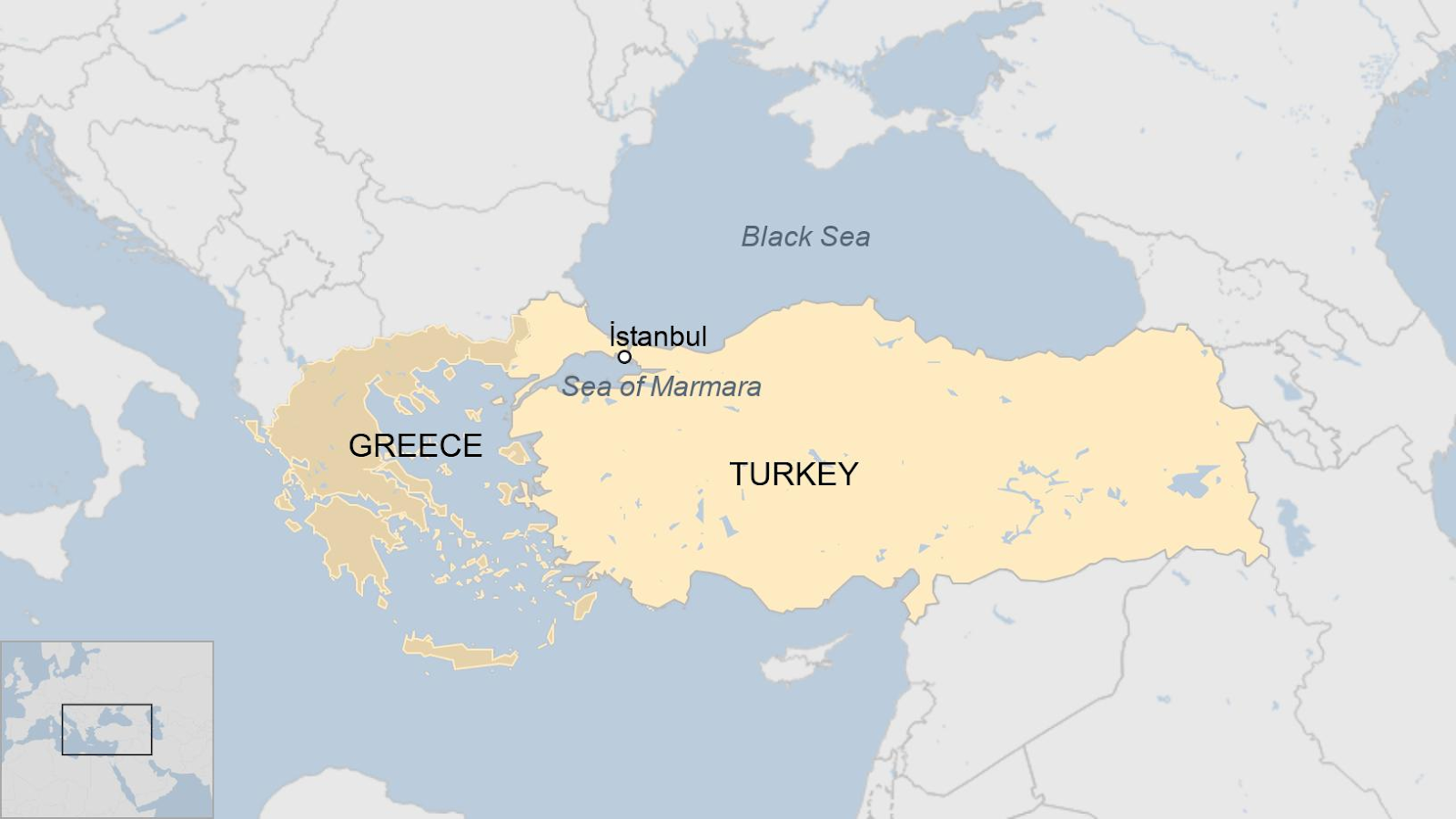Biodiversity & Environment
‘Sea Snot’ Outbreak in Turkey
- 08 Jun 2021
- 5 min read
Why in News
Recently, Turkey’s Sea of Marmara, which connects the Black Sea to the Aegean Sea, has witnessed the largest outbreak of ‘sea snot’.
- A ‘sea snot’ outbreak was first recorded in the country in 2007.
Key Points
- Sea Snot and its Formation:
- It is marine mucilage that is formed when algae are overloaded with nutrients as a result of water pollution combined with the effects of climate change.
- The nutrient overload occurs when algae feast on warm weather caused by global warming.
- It looks like a viscous, brown and foamy substance.
- It is marine mucilage that is formed when algae are overloaded with nutrients as a result of water pollution combined with the effects of climate change.
- Concerns:
- Threat to the Marine Ecosystem:
- It has caused mass deaths among the fish population, and also killed other aquatic organisms such as corals and sponges.
- It is now covering the surface of the sea and has also spread to 80-100 feet below the surface which eventually can collapse to the bottom and cover the sea floor.
- Livelihoods of Fishermen Affected:
- As the sludge is getting collected in their nets, making them so heavy that they break or get lost.
- Moreover, the mucilage coating the strings makes the nets visible to fish and keeps them away.
- Water-borne Diseases:
- It can cause an outbreak of water-borne diseases such as cholera in cities like Istanbul.
- Threat to the Marine Ecosystem:
- Steps that are being Taken:
- The entire Sea of Marmara will be turned into a protected area.
- Moreover, steps are being taken to reduce pollution and improve treatment of waste water from coastal cities and ships.
- Turkey’s biggest maritime clean-up operation is being launched and called on local residents, artists and NGOs to join hands to extend assistance.
Nutrient Pollution
- About:
- It is the process where too many nutrients, mainly nitrogen and phosphorus, are added to bodies of water and can act like fertilizer, causing excessive growth of algae.
- This process is also known as eutrophication.
- Sources of Nutrients:
- They can occur naturally as a result of weathering of rocks and soil in the watershed and they can also come from the ocean due to mixing of water currents.
- There are more nutrients entering our coastal waters from wastewater treatment facilities, runoff from land in urban areas during rains, and from farming.
- Impact:
- Severe algal growth blocks light that is needed for plants, such as seagrasses, to grow.
- When the algae and seagrass die, they decay and in this process the oxygen in the water is used up and this leads to low levels of dissolved oxygen in the water. This, in turn, can kill fish, crabs, oysters, and other aquatic animals.
World Oceans Day
- The World Oceans Day is celebrated every year on 8th June to create awareness about the benefits that mankind gets from the ocean.
- The Day was designated by the United Nations General Assembly in 2008.
- Oceans are considered to be the lungs of the planet, a critical part of the biosphere and are a major source of food and medicine.
- The theme of the World Oceans Day 2021 is 'The Ocean: Life and Livelihoods'.
- It is especially relevant in the lead-up to the UN Decade of Ocean Science for Sustainable Development, which will run from 2021 to 2030.
- The decade is aimed at strengthening international cooperation to develop scientific research and innovative technologies that are capable of connecting ocean science with the needs of modern society.





